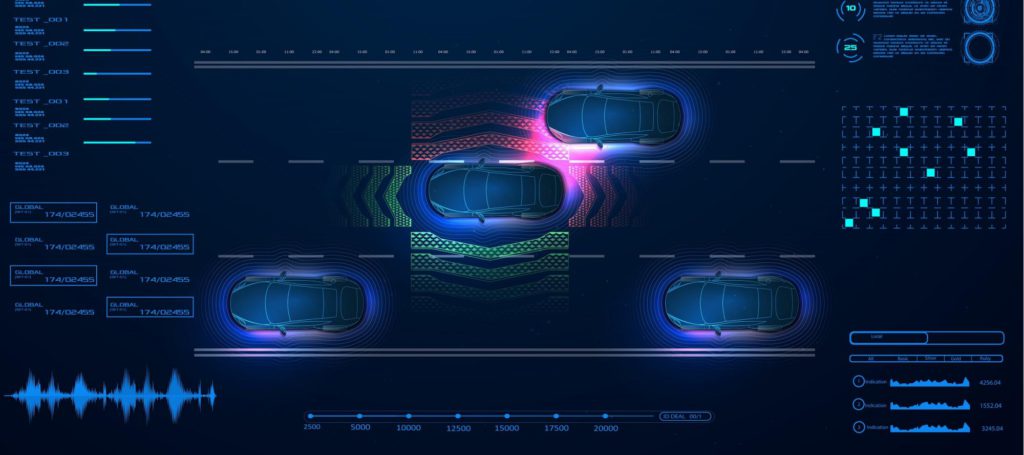The UK’s paved and winding road towards driver-assisted vehicles
29 April 2021

The UK has taken a step forward on the road to legalising driver-assistance technology. But this news has received a mixed reception. While a collaborative approach to rapidly developing vehicle technology has been welcomed, concerns around legislation, technical definitions and consumer confusion have also arisen.
Automotive safety experts have pointed out that Automated Lane-Keeping Systems (ALKS), as currently proposed by the government, are not automated. As assisted-driving systems, they rely on the driver to take back control. This move, therefore, risks contributing to consumer confusion and misuse.
The comments came after the UK Government announced vehicles with ALKS could be seen on British roads for the first time later this year. Designed for use in slow-moving motorway traffic, vehicles sporting them would be limited to 37mph (60km/h). Following a call for evidence, the Department for Transport laid out how vehicles fitted with an ALKS could legally be defined as ′self-driving’.
Collective development
Speaking with Autovista Group’s Daily Brief, Peter Allchorne, partner at legal firm DAC Beachcroft, described a delicate balancing act between technology and regulation as automated vehicles are developed. On the one hand, overregulation must not stifle this innovation. ′Automated vehicles will absolutely be a good thing in the fullness of time,’ Allchorne said.
On the other hand, safety must not be jeopardised in the pursuit of advancing these systems. The incremental development and deployment of automated technology will need to be rolled out incredibly carefully to ensure not only safety but complete consumer understanding of their abilities.
A collaborative effort between the likes of automotive companies, legislators, and insurers will be required to achieve this balance. ′I think it is increasingly important that the key stakeholders get around the table in order to iron out the detail of making these things as safe as they possibly can be for consumers as they come to market,’ Allchorne said.
This was a point echoed by TRL (Transport Research Laboratory) to the Daily Brief. ′We have begun a decade of considerable change for the automotive industry. To ensure the continued safety of road users, it is critical that all stakeholders – from collision investigators to insurers – maintain pace with technological change and evolve in tandem,’ they said. ′A new automotive environment is coming, and all sectors involved in transport must begin preparations now.’
Caution needed
Upon hearing the government’s announcement, Thatcham Research and the Association of British Insurers (ABI) urged for caution. ′There is still a lot of work needed by both legislators and the automotive industry before any vehicle can be classed as automated and allowed safely on to the UK roads,’ said Matthew Avery, director of research at Thatcham Research.
He explained that ALKS, as proposed by the government, are not automated. As assisted-driving systems, they rely on the driver to take back control. Avery pointed out that by calling ALKS automated, the government risks contributing to consumer confusion and misuse of these systems.
′A widespread and effective ongoing communications campaign, led by the automotive industry and supported by insurers and safety organisations, is essential if we are going to address current and future misconceptions and misuse.’
The two bodies laid out four ′non-negotiable criteria’ which need to be met before ALKS can be classified as automated.
- The vehicle must have the capability, and be allowed through legislation, to safely change lanes to avoid an incident
- The vehicle must be able to find a ′safe harbour’ at the roadside and not stop in a ′live’ lane
- The system must be able to recognise UK road signs, which needs to be assured by an independent organisation
- Data must be made available remotely through a neutral server to verify who was ′in charge’ at the time of an incident – the driver or the vehicle.